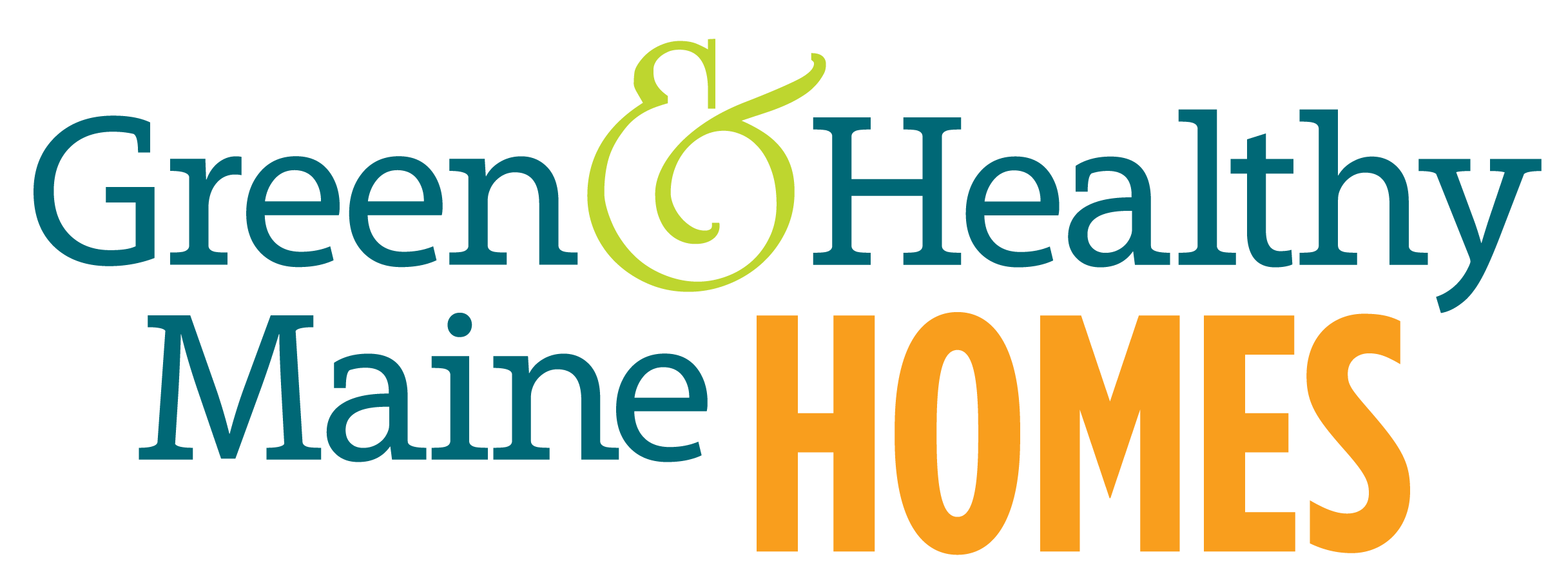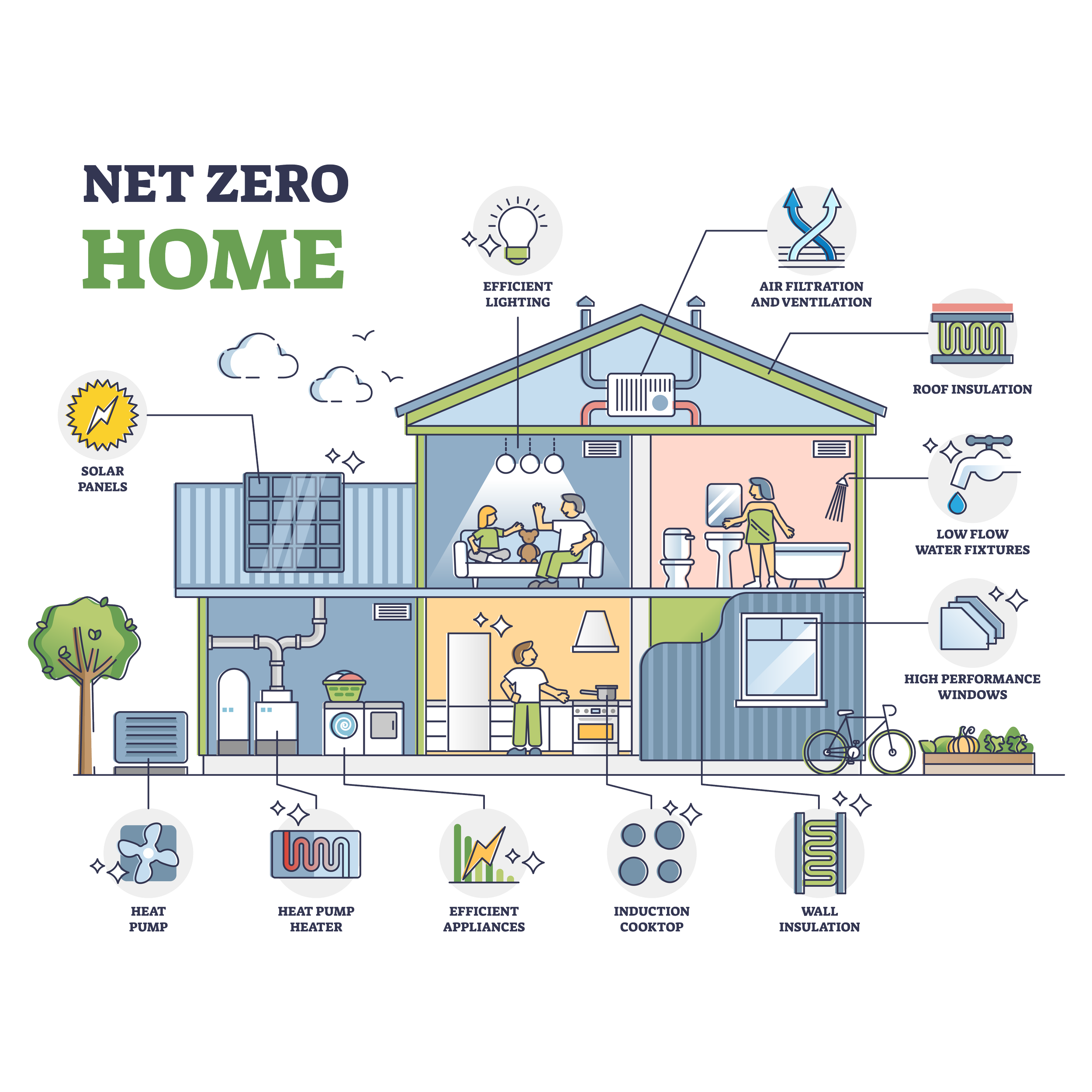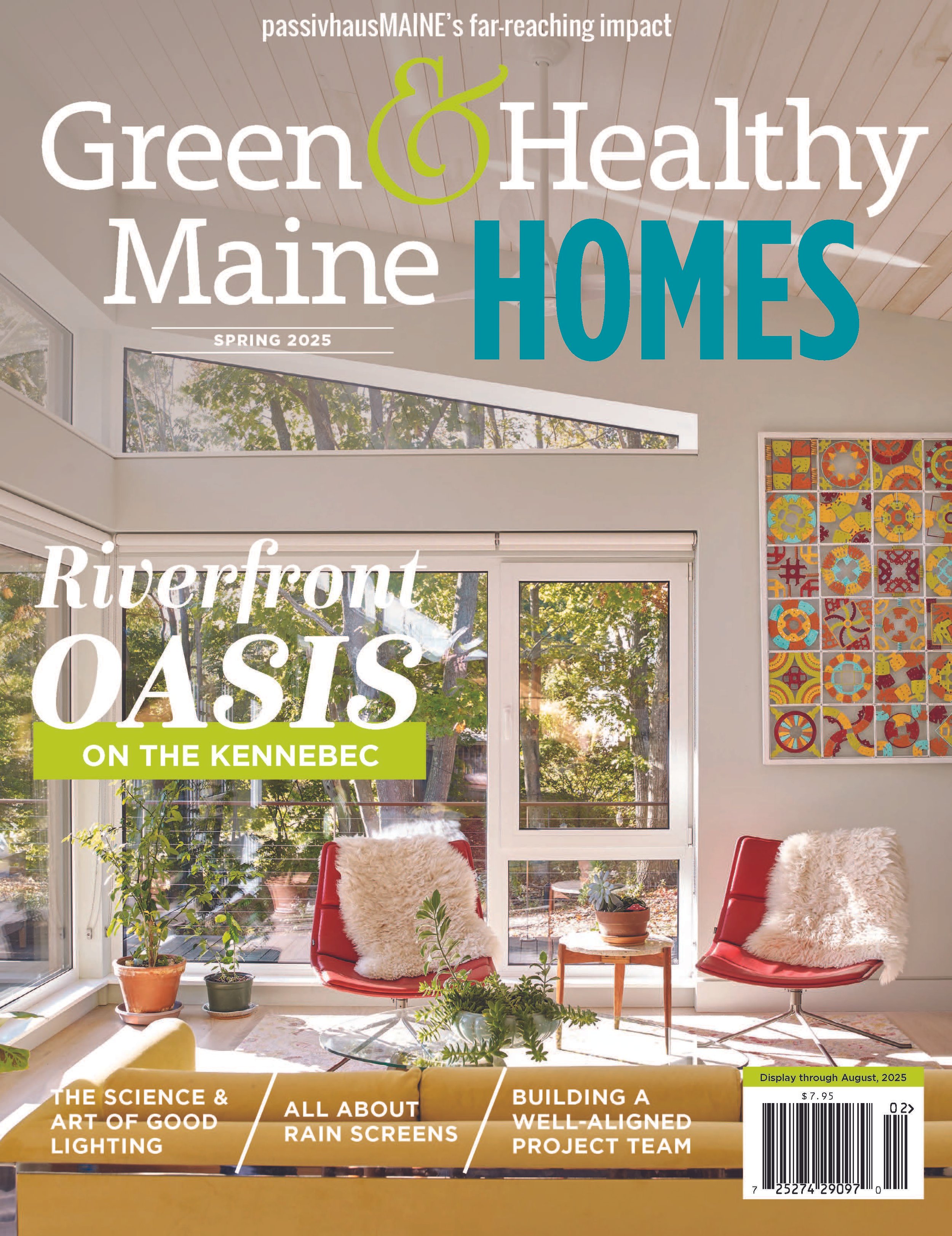How data can help home buyers better understand climate risks
Green Real Estate Dispatch
By Julia Bassett Schwerin
CLIMATE CHANGE poses substantial and growing risks for real estate property values. Flooding from sea level rise and storm surge in the southern and eastern United States has left areas uninsurable by the main private policy providers. Wildfires in the West have caused private insurers to cancel policies for properties that have not been directly harmed. More homeowners are looking for insurance to protect them from losses due to natural disasters exacerbated by climate change, but the cost is rising and catching up to the true extent of the loss.
The nonprofit First Street Foundation, in its recently published 12th National Risk Assessment, estimates real estate valuation losses of $1.4 trillion over the next 30 years on account of adverse climate conditions. For context, U.S. real estate is currently estimated to be valued at $50 trillion, and the country’s GDP is $27.4 trillion.
To help home buyers better understand climate risks, First Street Foundation has built address-level climate risk models for the whole United States, marketing them on three levels. The first level is a 1-10 risk rating for these five leading climate risks assigned to every residential property address:
Flood from an external source
Hurricane wind
Wildfires
Extreme heat
Air pollution
Ratings are available free to the public at firststreet.org. These ratings have appeared alongside property listings integrated from hundreds of Multiple Listing Services nationally. The Realtors Property Resource (RPR) has also included the 1-10 risk rating in their toolkit, enabling subscribers to give advanced market information to their clients.
The second level is a subscription providing access to a report for every residential property address detailing why the risk level was chosen and what it means. Anyone advising on real estate value may subscribe to the full reports so they can give their clients the best decision making information available.
At the third level, packaged licenses allow specific governments, industries and investor groups to use the model, for example, helping an insurance company better price the climate risk of a property or group of properties when considering underwriting a policy or policies.
First Street’s climate model is a tool to help potential home buyers better understand the full cost of ownership, including insurance and utilities. Here in Maine, real estate agents also use a Seller’s Property Disclosure Form that we revised in 2024 to include questions about prior flooding and disclosure regarding whether the property is in a Federal Emergency Management Agency (FEMA) flood zone, and if so, which one.
First Street reports that residential property insurance premiums doubled between 2013 and 2022 as a percentage of mortgage payments, and they predict even higher premiums in the future due to underpricing of current climate risks and growing future climate risks to residential property. They estimate that in 2025 alone, 5.2 million people in the United States will voluntarily move from areas of higher climate risk to areas of lower climate risk; this could entail migration from one neighborhood to another, not necessarily long distances.
Intra-U.S. climate migration puts climate risk on par with considerations such as schools and cultural amenities, which makes access to this information so important.
The total cost of home ownership is more than the mortgage principal plus interest. Insurance rates are increasing even in areas where the climate is not considered particularly hazardous, such as Maine. The more we understand and anticipate the risks, the better we’re able to anticipate changing costs and mitigate them with sustainability and resilience measures. Having access to information like this for the life of a 30-year mortgage in the consumer market will be a real benefit for homeowners and buyers.
Here is a short, top-level First Street climate risk assessment found at MLS aggregator Realtor.com for a subject property in Cumberland County, Maine.
FLOOD FACTOR: MINIMAL
This property's flood risk is not changing.FIRE FACTOR: MINIMAL
This property's wildfire risk is not changing.HEAT FACTOR: MODERATE
7 days above 86°F this yearWIND FACTOR: MAJOR
Major risk of severe winds over next 30 yearsAIR FACTOR: MINOR
Risk of poor air quality is increasing
View all top 10 takeaways from the latest First Street report: firststreet.org/research-library/property-prices-in-peril
Read more: Green Real Estate Dispatch
This article appeared in the Spring 2025 edition of Green & Healthy Maine HOMES. Subscribe today!
Find Maine experts that specialize in healthy, efficient homes in the Green Homes Business Directory.







